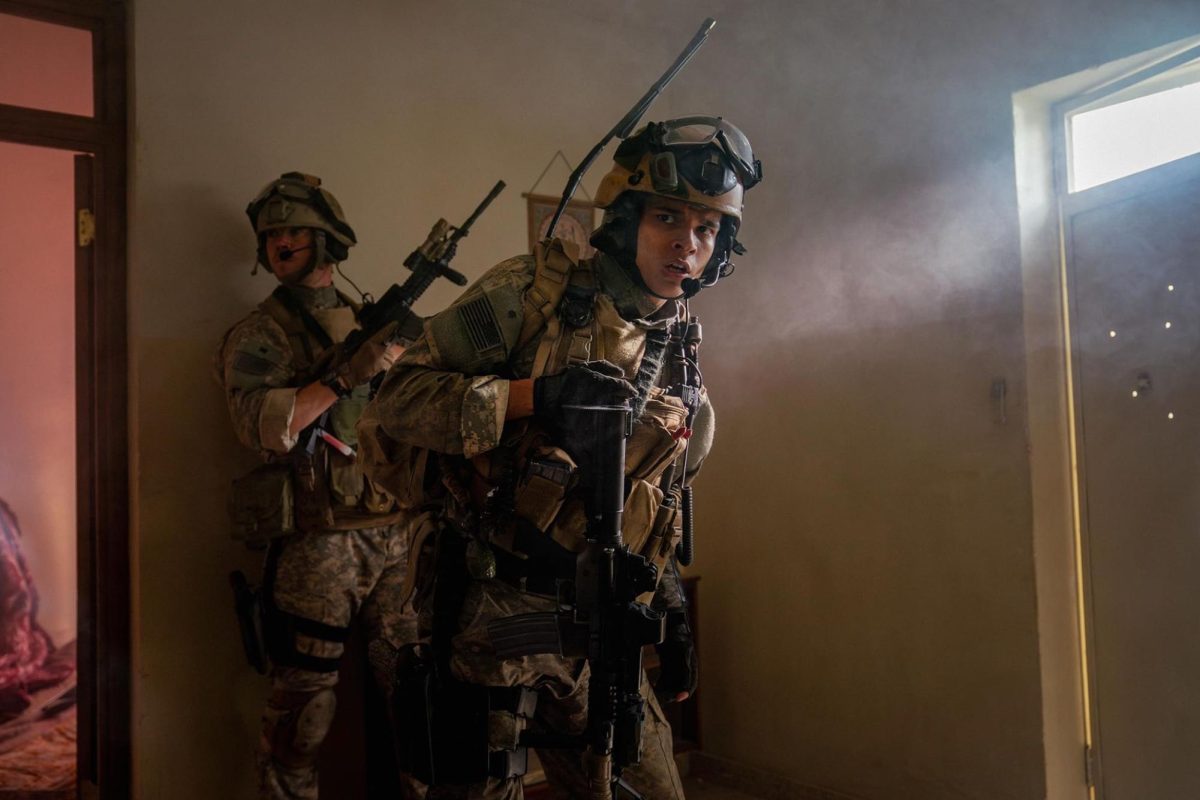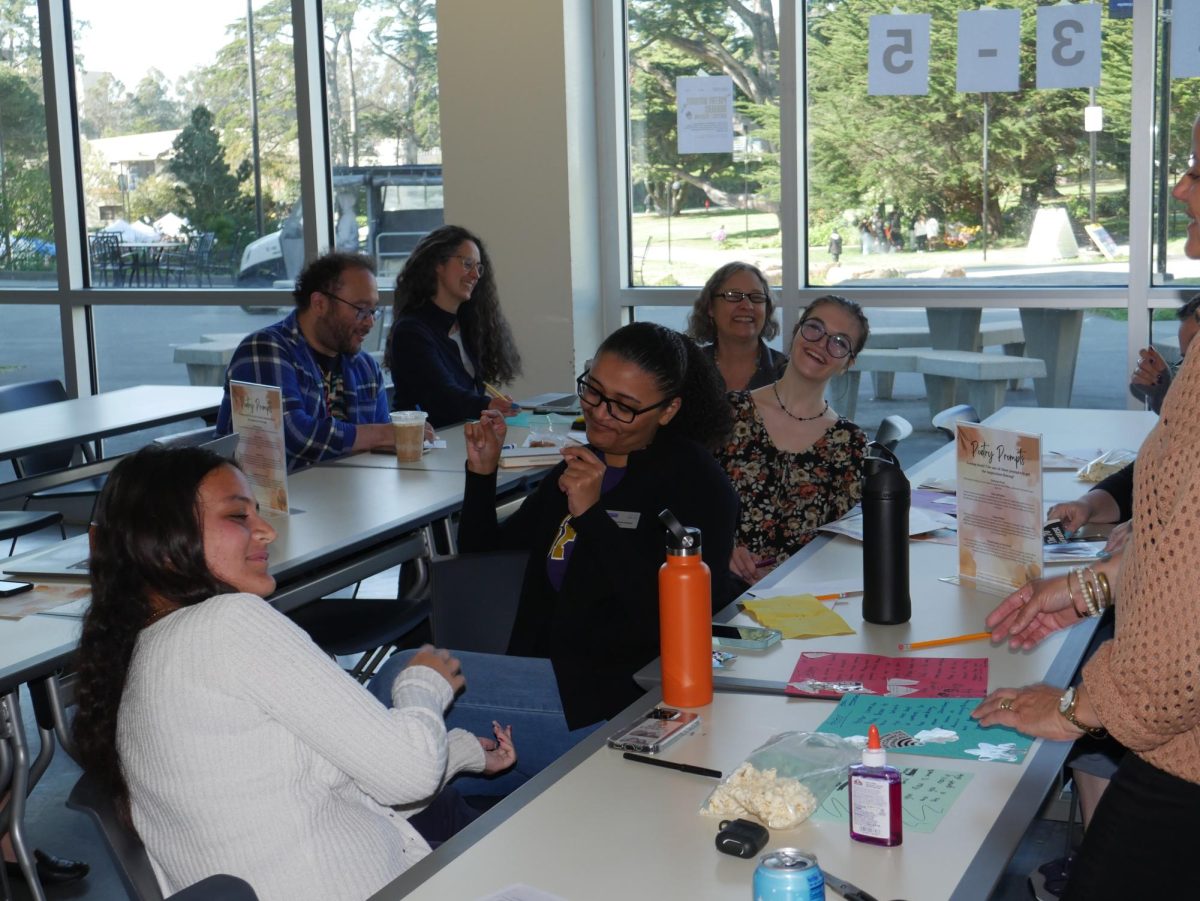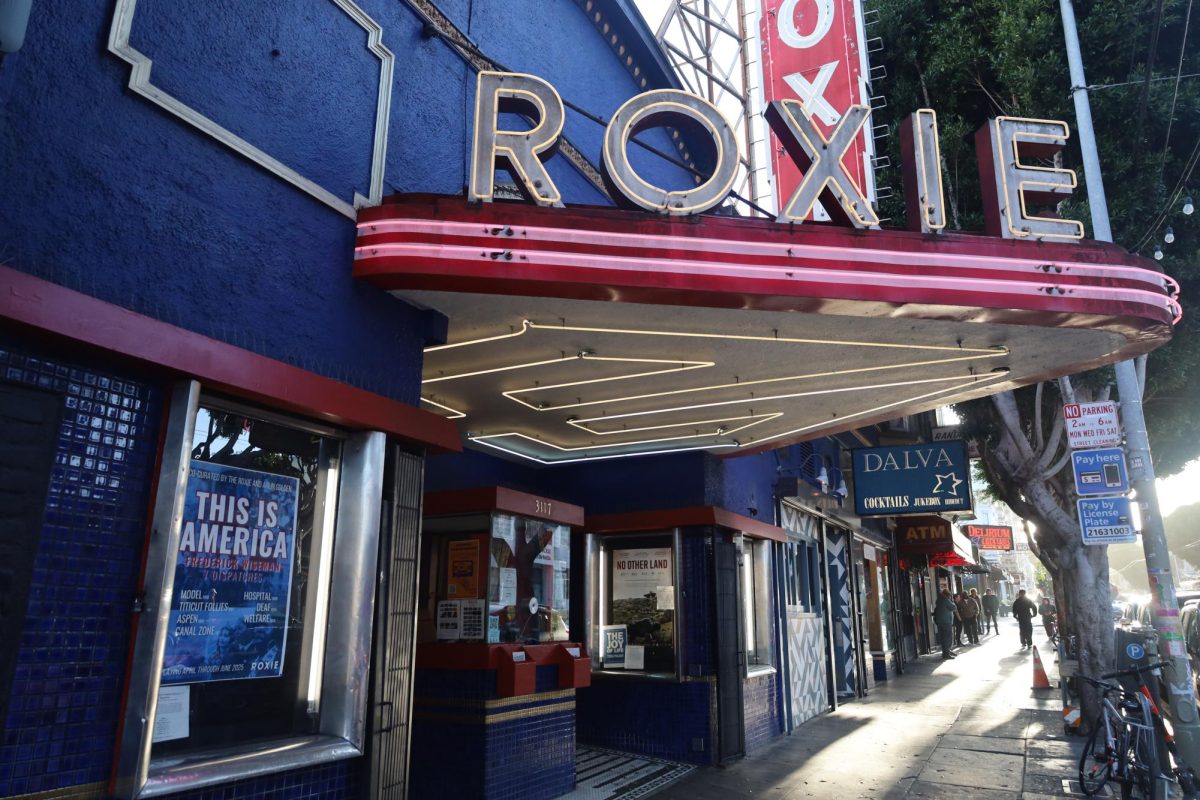Love persists amid a surrounding darkness throughout “Broken Love,” a ballet composed of two pieces presented as a duology by San Francisco Ballet, separated by an intermission. “Broken Wings” and “Marguerite and Armand” comprise the ballet and stay wholly in conversation with each other.
As two stories of love lost and found, the pieces’ emotional weight never dares to outweigh their beauty. Each piece stands as its own sweeping celebration of love’s multitudes, even in the worst of circumstances. These pieces’ shared DNA runs deep. Both rest upon foundations of tragic love, foretold by the moment the curtain rises on each story, with “Broken Wings” presented first.
The interpretive and evocative take on the life and loves of the iconic artist Frida Kahlo plays as classic and fresh. Bold, creative swings are the true mark of this production. Reminiscent of West End director Jamie Lloyd’s thoroughly modern minimalist visions of theatre, Daniel Kraus’ staging of “Broken Wings,” which premiered at SF Ballet in 2024, feels like an analogue for the ballet.
Kraus envisions Kahlo’s life, specifically her tumultuous romance with Diego Rivera, as a pained but boundlessly joyous experience. Annabelle Lopez Ochoa’s sensuous choreography imbues every dance with an aching and longing that transcends mortal pain. As Kahlo’s love for Rivera reaches extreme peaks and valleys, so does her love for art and life. They are each represented by elegant ensembles of dancers, vividly costumed by Dieuweke van Reij as woodland spirits and as her paintings, alongside other dancers as darker spirits who threaten the peacetimes.
Throughout this piece, there stands a large black box center stage. This box originates as the source of everything — of Kahlo, of creativity and of the spectre of death that hangs over the goings-on. Between the darkness, though, sprouts a gorgeous and fiery life, lived and danced passionately.
Passion springs from Kahlo’s life, as envisioned by Kraus and Lopez Ochoa’s vision, in the most unexpected places. Kahlo’s various tragedies, her early diagnosis with polio and the horrific bus accident that shattered much of her body, are sensitively interpreted here. Evocation takes precedence over bluntness, so Kahlo’s limp from polio becomes a part of the way she shifts her weight on stage, while the bus accident is sharply rendered in a quiet moment involving a mirror within that ominous box.
Brighter moments shine through her tragedies, the highlight of which is set during a bewitching pas de deux between Kahlo and Rivera, danced to a solo performance of “La Llorona” by Geo Meneses and Los Macorinos. Isabella DeVivo and Myles Thatcher completely enchanted the audience on opening night during these approximately six minutes, as their characters’ dynamic could be felt in every glance and touch of hands. As they danced the dance of love, Meneses sang, and the audience wept.

The ultimately tragic but triumphant ending to Kahlo’s story leads into Sir Frederick Ashton’s similarly conflicted “Marguerite and Armand,” originally created in 1963. This reimagining is staged by Grant Coyle and premiered at the SF Ballet in 2024. Ashton was famous for creating a large part of The Royal Ballet’s repertoire, and this revival brings its perennial themes of love and loss to the fore. Created for the iconic Margot Fonteyn and Rudolf Nureyev, the titular roles were danced by Misa Kuranaga and Joseph Walsh on opening night, and the duo was stunning.
This piece is far more classical than its predecessor, but the electric energy from “Broken Wings” carries over here. Declared a doomed romance from the start, the curtain rises on a consumption-stricken Marguerite pining over her dream man, Armand, who is projected on a massive white screen behind her. Done with her family-appointed suitor, Marguerite yearns for an all-consuming love before her body consumes her. When the duo meets, sparks fly.
Though less stylistically expressive than “Broken Wings,” the emotions of “Marguerite and Armand” are just as expressive. Both lead dancers have truly electric chemistry with each other. When they dance together, all else falls away. Cecil Beaton’s magnificently sparse and gorgeous scenic design makes space for these lovers’ fated affair to fill up every inch of the stage. Walsh’s brisk and brash style, dashing into every scene as quick as he dashes out, is as charming as it is domineering, but his performance was generous in how much he allows Kuranaga to shine. Her pointe work makes a desolate stage explode with life and an isolated fainting couch shrink with pain. She and the stage are one.
These two pieces are personified by their characters, lovers whose endless passions consume them. Let the passion of “Broken Love” consume you. “Broken Love” will be performed at the War Memorial Opera House through April 18 and tickets are on sale now.








